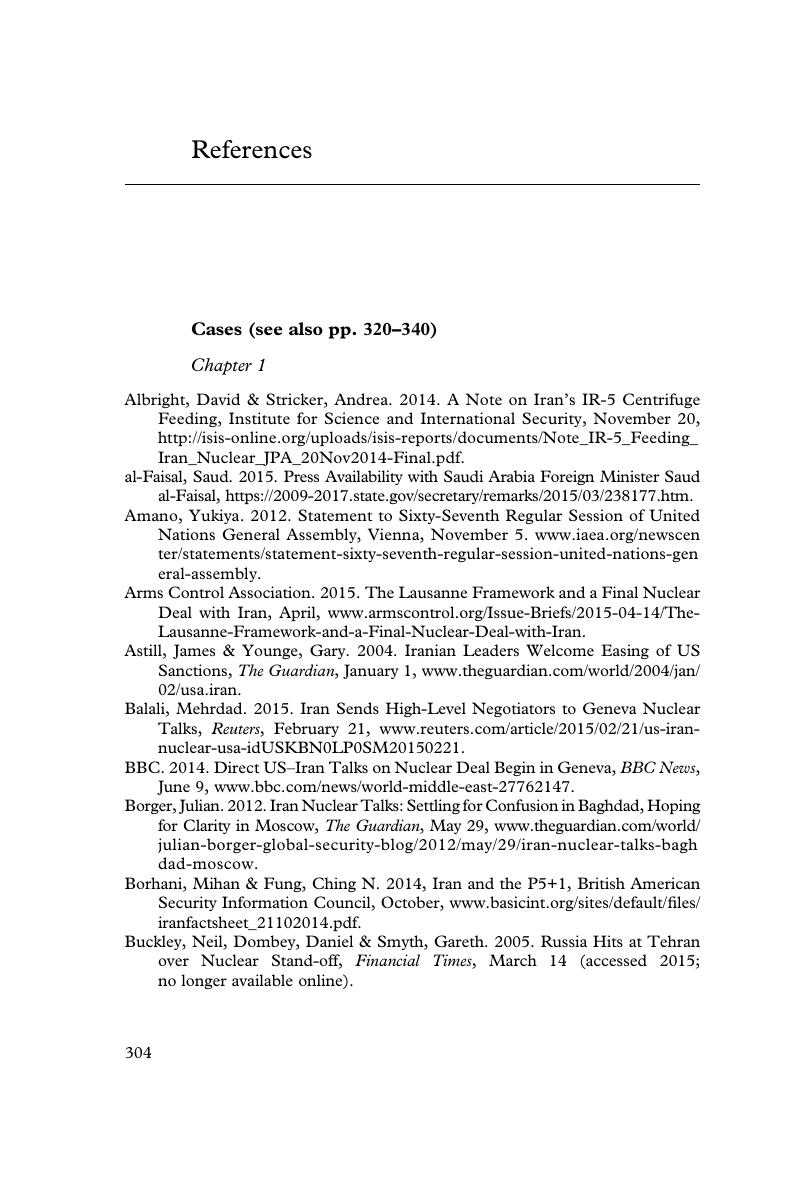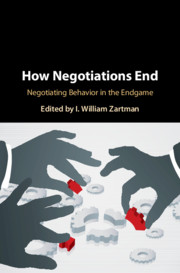Book contents
References
Published online by Cambridge University Press: 04 April 2019
Summary

- Type
- Chapter
- Information
- How Negotiations EndNegotiating Behavior in the Endgame, pp. 304 - 340Publisher: Cambridge University PressPrint publication year: 2019



